As the entire world continues to take the hit from novel coronavirus pandemic, here’s how different countries are responding, and what we can take from their practices
With the impact of the COVID-19 outbreak whipping across the world, each country has since been dealing with it in different approaches relevant to their boundaries. Some have responded early as soon as the virus was reported, dutifully implementing healthcare strategies swiftly. Starting with travel bans, followed by testing and isolation, and at present, community quarantine, leaders continue to deliberate on the best way to handle the pandemic.
We have to admit, however, not every country is well-equipped for the crisis. With varying financial, economical, and healthcare states, some find it a tough challenge to help their people survive. Even as that may be the case, there are countries like South Korea and Singapore, whose rapid and efficient response has been commended by the World Health Organization. While it might seem futile to adopt their models right now, we can take cues from their practices and restructure them to fit our respective situations.
RELATED READS: PH FDA Approves Cepheid For COVID-19 Testing…But There’s A Catch
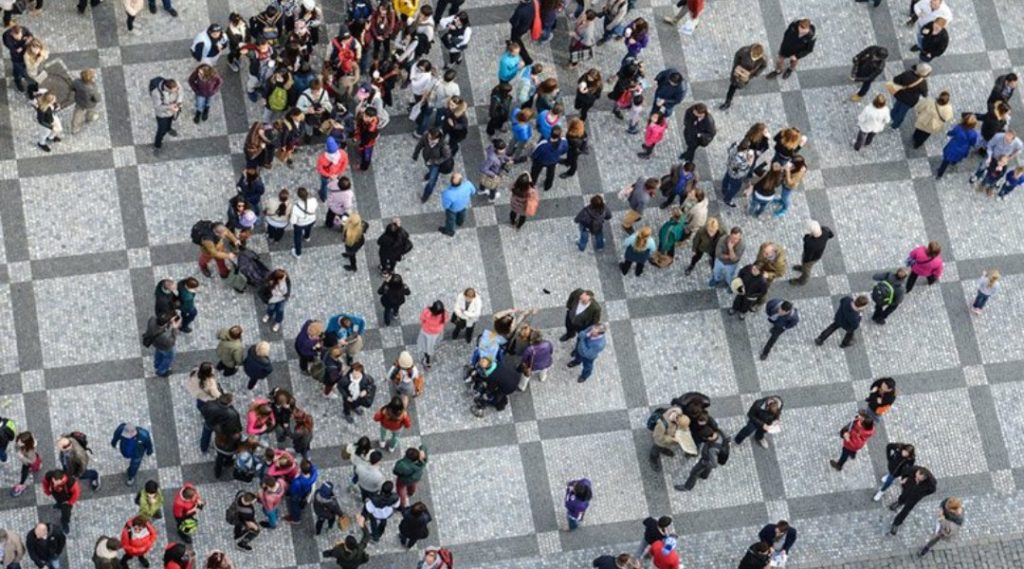
Norway
“The Nordic Model” as economists call it, believes in the idea that shared prosperity comes when working families receive proper health care, job security, affordable housing, and time for leisure. The investment pays off as the workforce becomes more productive. This model benefits both the leaders of Nordic countries like Denmark and Norway and their constituents.
Healthcare has been Norway’s priority since the 1940s, and their investment is paying off in today’s crisis. Starting with students, they have free access to education in medical schools. If a qualified graduate couldn’t get a place in the school, the government pays for their training abroad.
Norway is not focused on private health insurance either, unlike in the United States. Rather, the government gets funds from people’s taxes. In turn, they provide free coronavirus testing and treatment. The healthcare system covers everyone, including international students.
Apart from allowing people to exercise their right to proper medical care, the government supports families with sufficient parental leave credits and child support, as well as elderly care in both homes and retirement communities.
Can this model be adopted?
The idea and implementation of The Nordic Model can be complicated with many factors to consider. However, what is crucial is for a country’s leader to earn the trust of its citizens. If there are honest leaders executing an organized approach, then it would be possible to deal with a crisis quite well. For now, what we can take from Nordic countries’ design is the investment on and prioritization of the right agencies providing people with the support they need.
RELATED READS: Sanitize Your Living Spaces With These Professional Cleaning Services
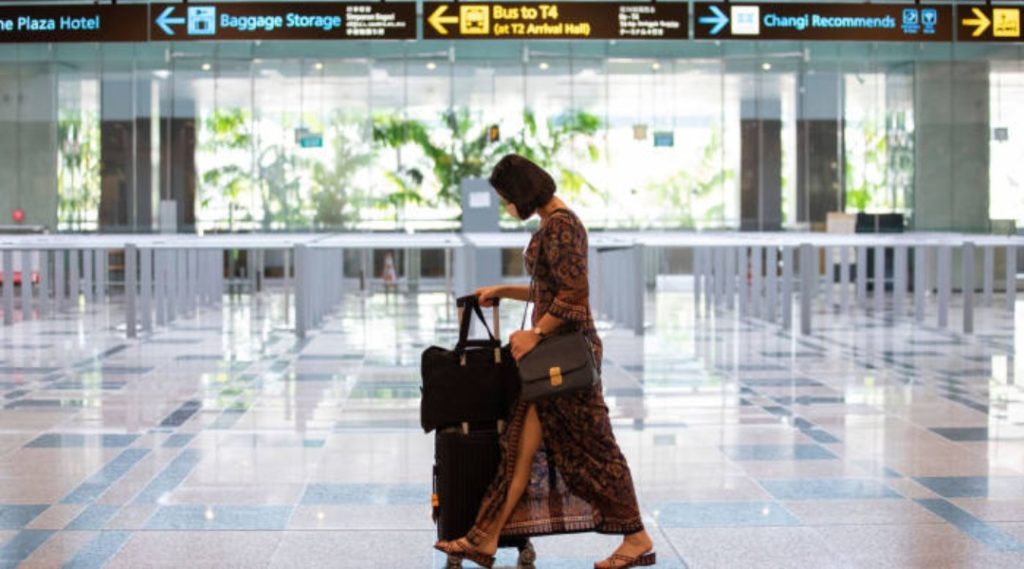
Singapore
Organized leadership defines the Singaporean government. Transparency on the latest numbers of cases and how authorities are handling the pandemic are quelling public anxiety. With the National University of Singapore’s cartoon campaign, the public is also made aware of all news related to the crisis, including stories of frontline workers.
The state also set aside $38.5 billion in two stimulus packages to prepare for the blow on Singapore’s economy. For its workforce, they are giving $73 a day for the self-employed and require employers to keep the annual leave credits of its employees rather than deducting it.
Like South Korea, Singapore implements extensive tracking and tracing for the COVID-19 affected. From comprehensive surveillance, patient interviews, to early travel bans that reduced the number of cases, this approach has been lauded by the World Health Organization. What makes the system better is the government funds the coronavirus test kits and administers them for free.
Can this model be adopted?
It is not solely the authoritarian streak that makes their leadership organized. Rather, it is the willingness of the government to carry out widespread testing, have rapid and efficient isolation of cases, and the initiative to be transparent. The latter is among the most essential leadership qualities to have, in contrast to other world leaders’ approach to spreading inaccuracies.
RELATED READS: Recovery Plan: Ways To Keep Businesses Alive After The Lockdown
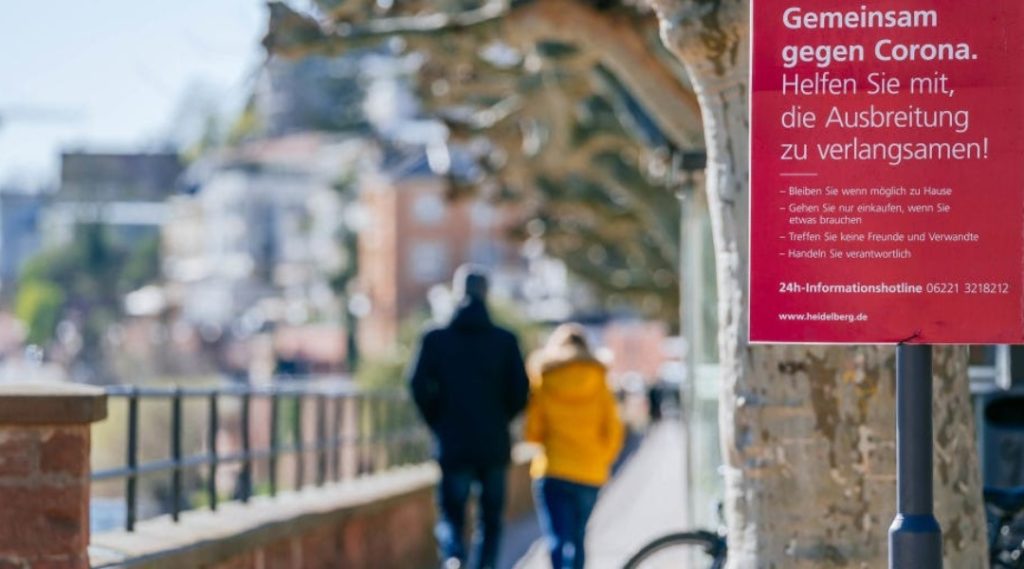
Germany
Across the world, Germany has the lowest fatality rate at 0.9% as of writing, a staggering comparison with Italy at 11% and even the United States at 1.8%. Why is the rate low? The country imposes widespread testing, and they do it often. This leaves little to no chance of having undetected cases, thereby speeding up medical treatments. They don’t have a centralized diagnostic system either that restricts other labs. Rather, Germany’s federal states are responsible for their own coronavirus testing.
In fact, they are the most equipped to handle a pandemic. They have built a strong, publicly-funded system. From compulsory insurance, funding through tax revenues, equal rights to medical care, to continued payment of wages when ill, all citizens—employed or not—are covered by the state. The government invested in medical supplies and facilities as well. They have over 28,000 intensive care beds and 25,000 ventilators, numbers exceeding those in hospitals from other countries.

To prevent the economic crash, the German state initiated a credit and subsidy program of over €750 billion for the self-employed and both small and huge corporations. In response to the possible massive worker layoffs, they have implemented a “short-time” system called “Kurzarbeit.” Workers can still receive up to 67% of their wages even with a pause on the operations. After the crisis, they can easily return to their jobs. As for employers, they have retained their skilled and experienced employees, cutting recruitment costs and quickly getting the business back to life.
Can this model be adopted?
Germany had already invested in its healthcare system, long before this ongoing pandemic. We can take notes on how they developed this system for the future. For now, we can consider their strategy for the workforce. Business leaders and entrepreneurs must consider Germany’s short-time system, review if it can fit their respective companies. After all, the economy is taking an aggressive hit in this crisis.
RELATED READS: Will The Future Of Art Become Digital?
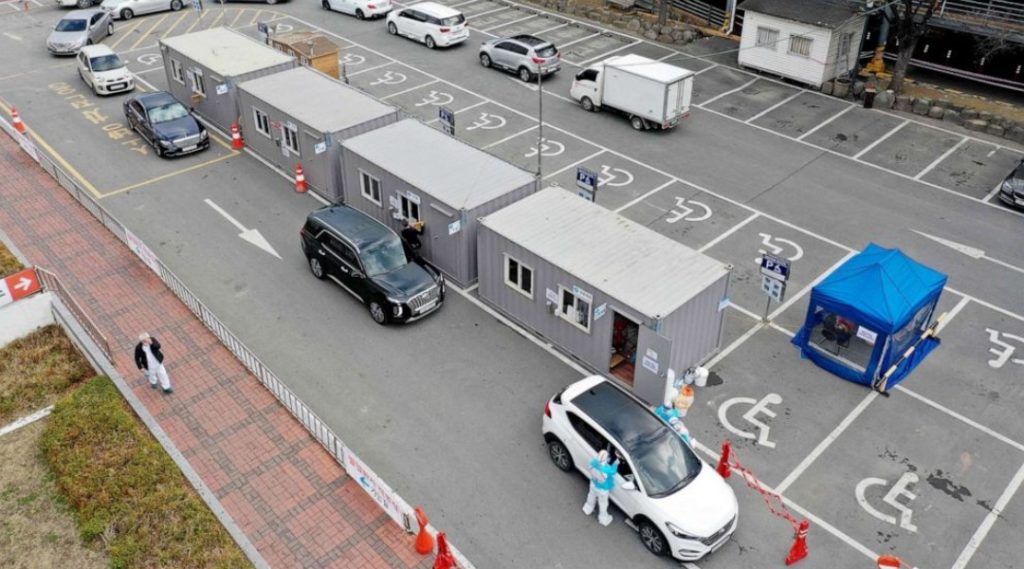
South Korea
“Prevention is better than cure” seems to be the expression South Korea went by in responding to the COVID-19 outbreak. They implemented a four-pronged measure of testing, tracing, tracking, and treating. As early as January with four known cases, the government asked assistance from 20 medical companies to develop coronavirus test kits. On the first wave of the pandemic alone, South Korea tested 10,000 to 20,000 people every day.
There are also around 50 drive-through stations where people don’t have to get off their cars to get tested. They will only answer a questionnaire, get a throat swab, and have their temperatures checked. The results will be given after a few hours.
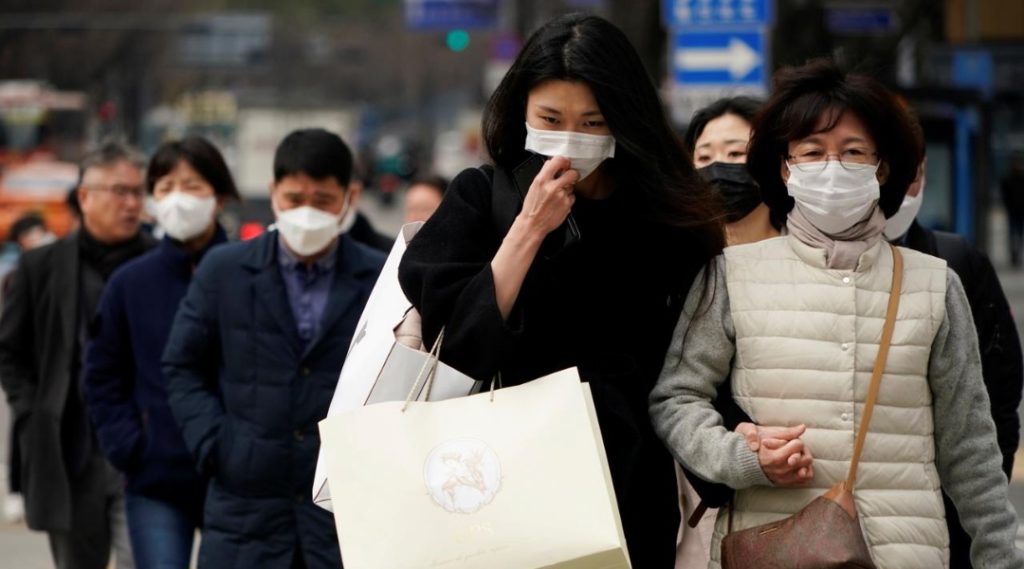
However, there are civil liberties that had to be traded-off. Authorities have to trace the movement histories of those with confirmed cases. The loss of privacy had to be sacrificed. With the highest number of mobile phone ownership, millions of security cameras, and cashless transactions, the government can easily monitor the patient’s movements and purchases. Similarly, through an app, it can alert authorities if a quarantined person breaks isolation or if the user came within a 100m-radius of a coronavirus patient’s recent whereabouts.
For the treatment, they easily categorized the degree of the patients’ risks. Ranging from critical, severe, mild, to asymptomatic, hospitals treat them accordingly. Total isolation, antibiotic agents, and simple monitoring measures are adopted.
Can this model be adopted?
Coming from the outbreak of MERS back in 2015, the government learned not to withdraw information from its people. Otherwise, it led to South Koreans panicking and isolating themselves without knowing the real nature of the infection. From this experience, the public understood they have to surrender personal data for government transparency and public safety.
What we can take from South Korea’s responses is the need for both political will and large-scale public cooperation. The citizens must trust the country’s leaders and plans. However, if the authorities are incompetent and tainted with corruption, then it would be greatly difficult to plan and execute an efficient response to a crisis.





